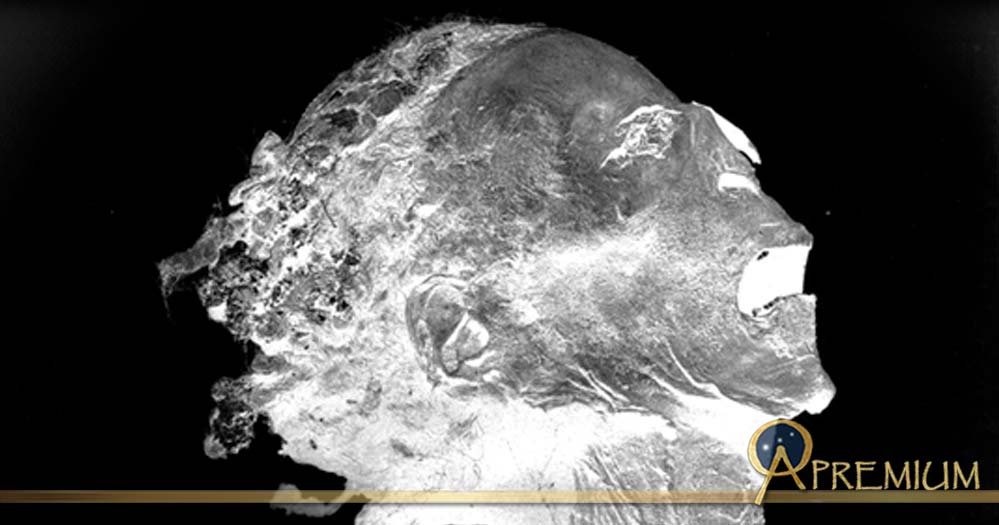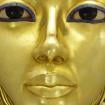Enduring Mystery of the Screaming Mummy: Mortal Wounds and Divine Justice—Part I
The hideously contorted facial features of ‘Unknown Man E’ - also called the ‘Screaming Mummy’ - are unlike any we have witnessed in an ancient Egyptian mummy. It bears mute testimony to the gruesome end of an overambitious individual, who, goaded by his scheming mother and a band of conspirators, imagined he could murder the powerful reigning monarch, Ramesses III, and have himself crowned in his stead. The modus operandi of the accused and the disastrous outcome of their ploy are recorded in near-perfect detail – a rarity among Egyptian documents for events of such a diabolic nature. Who was ‘Unknown Man E’ and why was he condemned to eternal damnation? Was he Prince Pentawer?

This scene of King Ramesses III smiting his enemies was a time-tested depiction of pharaonic power and prestige. Mortuary Temple of Ramesses III. Medinet Habu.
To Fell the Lord of Lords
In the spring of 1156 BC Ramesses III basked in well-deserved glory after the crushing defeat he had dealt the Sea Peoples. With his recent jubilee behind him, the king was lord of lords. The 31 years Ramesses had spent on the throne was fraught with some of the gravest external threats in Egyptian history. But, the militaristic ruler thwarted all attempts by multiple invaders to challenge the sovereignty of his country. However, given the economic breakdown in the Near East and drought in parts of Egypt itself, the outlook was bleak. Amidst such turmoil, the aging king was viewed as one who was far-removed from the enormous difficulties his subjects faced; especially the people of Thebes who stared at an uncertain future. While their monarch dined off gold and silver vessels, they went hungry.

The imposing Mortuary Temple of Ramesses III at Medinet Habu. The pharaoh used this structure as his royal palace and later converted it into a war memorial in order to commemorate his victory over the Sea Peoples and Libyans. This image was shot during an aerial survey of the West Bank in 2010.
Anger mounted amongst the populace and vested interests in some quarters seized the opportunity to hatch a plot to do away with the Pharaoh. To kill a Living Horus was inconceivable in ancient Egypt, and yet, a shocking record of an assassination attempt on Ramesses III exists.
Like this Preview and want to read on? You can! JOIN US THERE ( with easy, instant access ) and see what you’re missing!! All Premium articles are available in full, with immediate access.
For the price of a cup of coffee, you get this and all the other great benefits at Ancient Origins Premium. And - each time you support AO Premium, you support independent thought and writing.
More upcoming in Part II, an Ancient Origins series by independent researcher and playwright Anand Balaji, is an Ancient Origins guest writer and author of Sands of Amarna: End of Akhenaten
[The author thanks Leslie D. Black, Heidi Kontkanen and Howard Middleton-Jones for granting permission to use their photographs.]
Top Image: Close-up view of the “Screaming Mummy” with its horrific expression. It was discovered by Émile Brugsch in the Deir el-Bahri (DB320) cache in 1881; design by Anand Balaji (Photo credit: G. Elliot Smith); Deriv.
By Anand Balaji




















